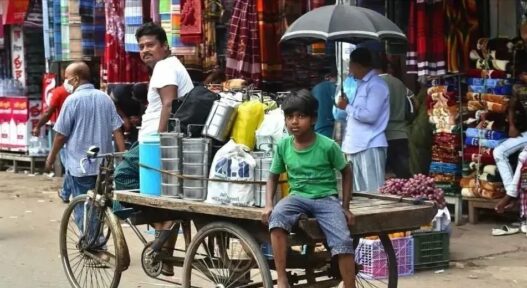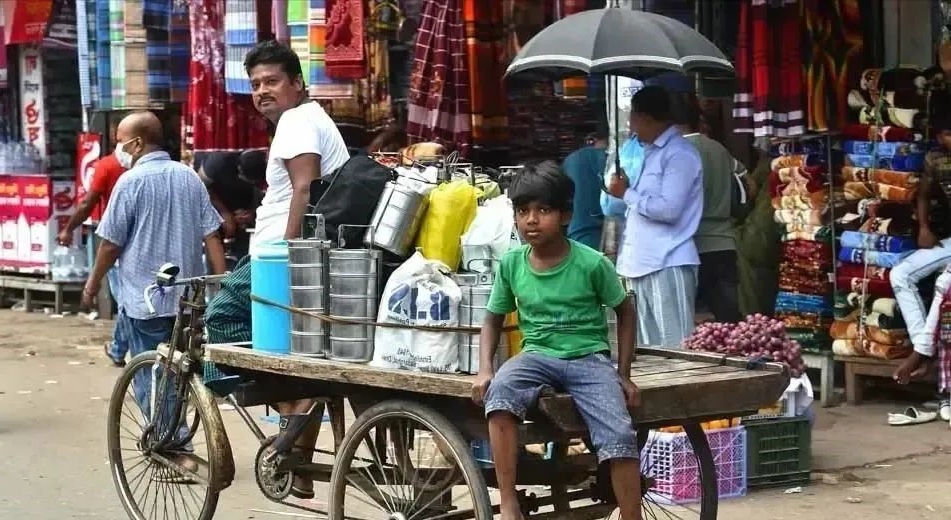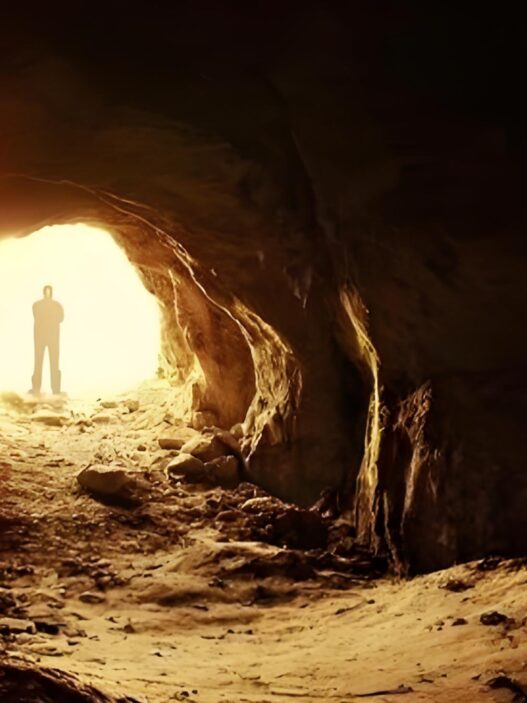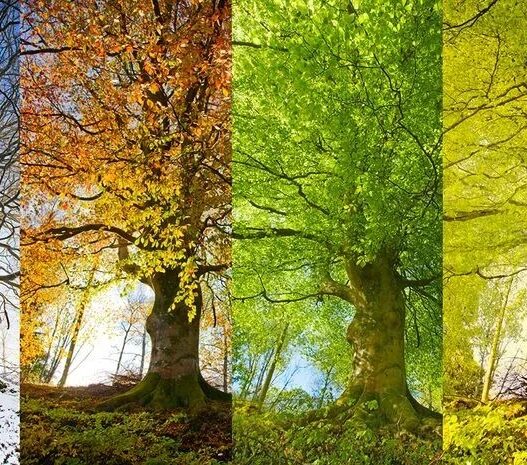Introduction: Bangladesh’s Global Presence Is Almost Invisible
When people think of Bangladesh, they might imagine vague ideas like “overpopulation,” “poverty,” and “far away.” These are the stereotypes many have, including myself before a business trip in 2018. The company initially planned to send a female colleague, but she was overwhelmed by the shock of the environment. Within days, she was in tears and desperately asking to be evacuated. So, I was sent in her place.
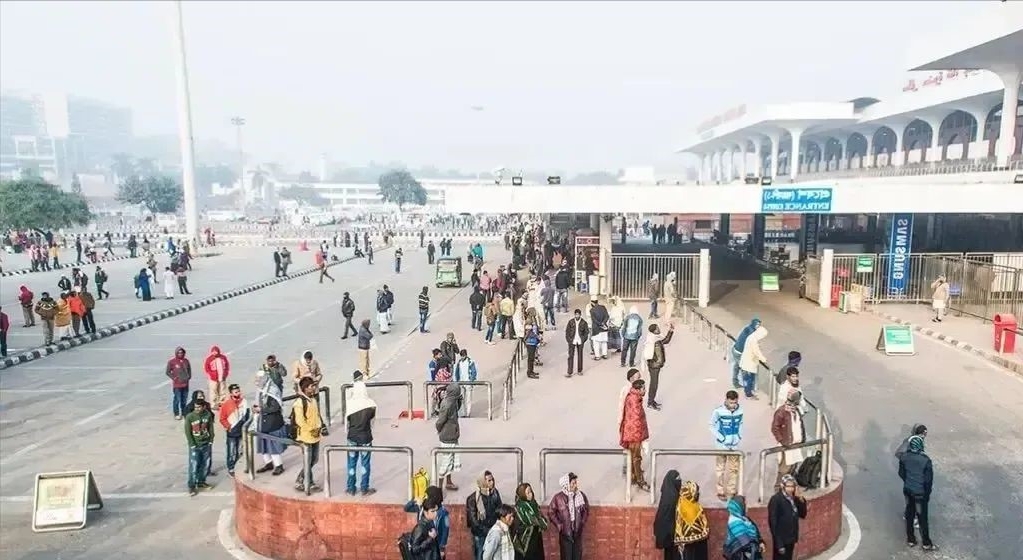
After three months, I returned with a 10-kilogram weight loss and a mind full of stories. Let me take you through my experience and explain why Bangladesh’s global presence feels so minimal, yet the impact it leaves is profound.
First Impressions: A Rough Start at Dhaka Airport
Upon arriving at Bangladesh’s largest airport in Dhaka, I was greeted by an experience far from modern standards. The airport, more akin to a county bus station, was swarming with people. Outside, a crowd of idle individuals gathered, staring at every foreigner with eyes that seemed to say, “Welcome, hurry up and hand over some money.”
Getting to the Hotel: A Chaotic Journey

The situation didn’t improve after leaving the airport. The traffic was a mix of taxis, rickshaws, hand-pulled carts, and even ox carts. There were no traffic lights, and it felt like everyone was fighting for space. Along the streets, piles of trash were scattered, and some people were openly urinating on the sidewalks.
The air was a blend of dust, garbage, and sewage, which combined into a uniquely “Bangladeshi” smell. Dhaka is infamous for its traffic jams, and after seeing the chaos, I can confirm it’s one of the world’s most congested cities.
The Reality of Everyday Life: Power Outages and Patience
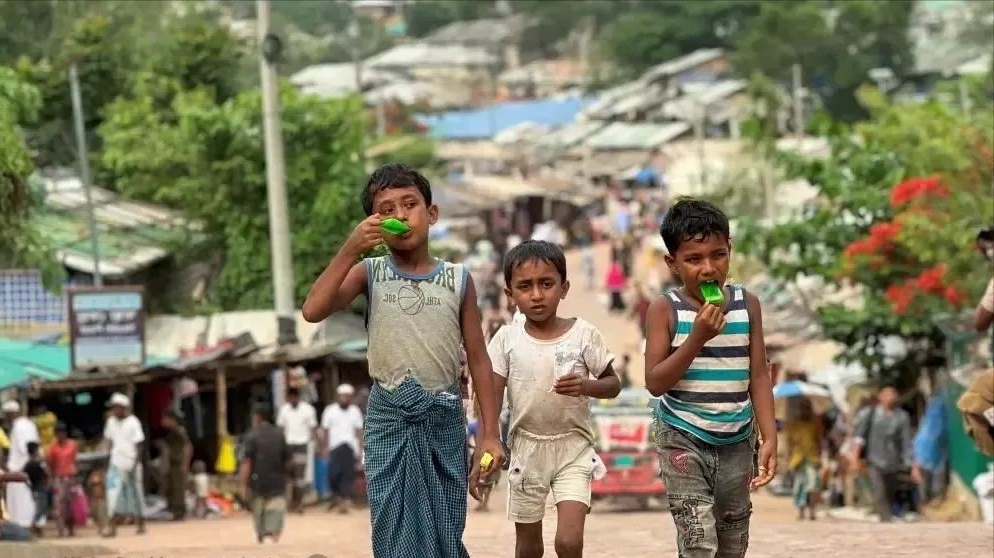
In Bangladesh, basic infrastructure is severely lacking. Power outages are common, occurring day or night with no warning. Once, while I was in an elevator, everything went black. The lift stopped. An older local man calmly patted my shoulder and said, “Don’t worry, this happens all the time, the power will come back soon.”
The local patience was admirable. The ability to remain calm in such conditions was something I had to respect.
Overcrowded, Underdeveloped: A Country of Extreme Poverty
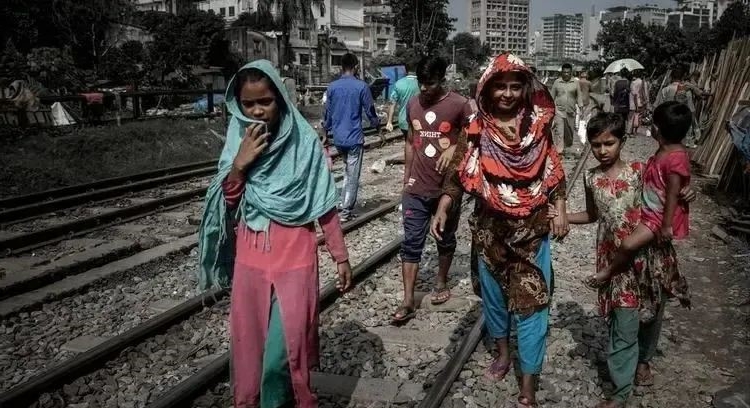
Despite a land area of only 147,000 square kilometers, Bangladesh is home to 160 million people. It has one of the highest population densities in the world. Over 60% of the population works in agriculture, but job opportunities are scarce. A typical cleaner earns only around 800 RMB per month, making it tough to make ends meet.
The situation in refugee camps is even more dire. Bangladesh hosts the world’s largest refugee camp, where over a million people are packed into a small area with little access to clean water, electricity, or proper sanitation. In these camps, several hundred people share a single toilet, and many walk barefoot through the sewage-filled streets.
The Stark Wealth Divide
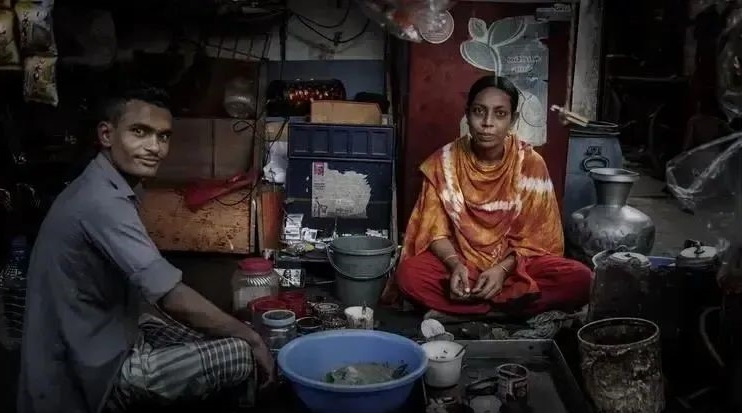
Bangladesh has one of the most striking wealth divides I have ever seen. On one side, the poor struggle to survive, living in dilapidated houses or even sleeping on the streets. On the other, the wealthy live in luxurious villas, with drivers, maids, and security guards, enjoying air-conditioned comfort from the nearby malls.
I remember walking through a narrow, garbage-filled alley, only to find a five-star hotel at the end. The contrast between the outside world and the hotel’s lush gardens, swimming pools, and water parks was shocking.
The Young Generation’s Street Corner Lifestyle
One of the most noticeable sights in Bangladesh is young people simply sitting by the roadside, doing nothing. At first, I thought they were just resting. But after seeing the same faces day after day, I realized most of them were unemployed. With little job opportunity and frequent power and water outages, these young people gather on the streets to chat and pass time.
Religious Customs and the “Alternative Fish Killing Method”
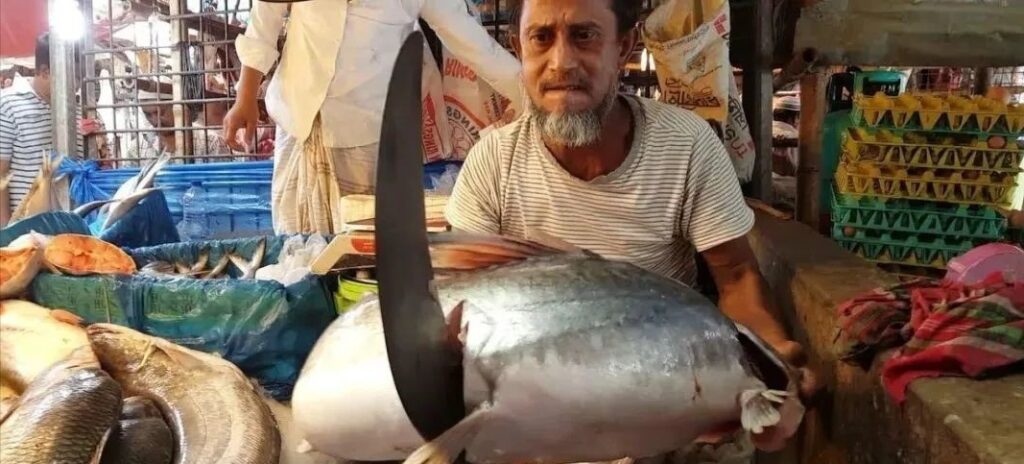
Religion is deeply ingrained in Bangladesh, with over 90% of the population practicing Islam. This means pork is off the table, and chicken and fish are their primary sources of protein.
One peculiar thing I observed was their method of killing fish. They would flip the fish over and allow it to “hit the knife” by itself. This method, intended to avoid direct killing, was puzzling but also amusing. It’s a stark example of how deeply religion influences daily life here.
The Buriganga River: Pollution Beyond Imagination
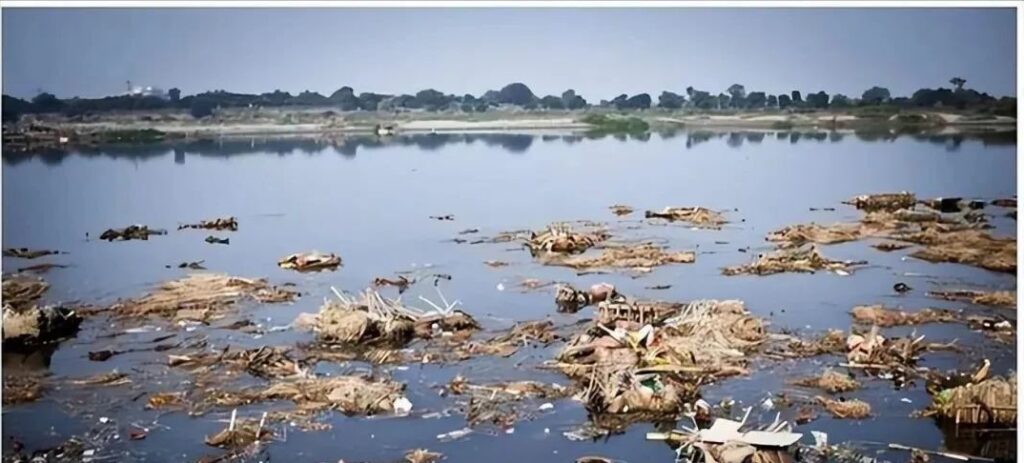
The Buriganga River is Dhaka’s main water source, yet it is one of the most polluted rivers in the world. I witnessed people bathing, brushing teeth, and washing clothes in the river. The water was so filthy it made even the Ganges River look clean in comparison.
Despite its filth, the local people use this water for all their needs. I couldn’t tell if it was due to ignorance or a lack of alternatives.
The Daily Chaos of Bangladesh: A Symphony of Disorder
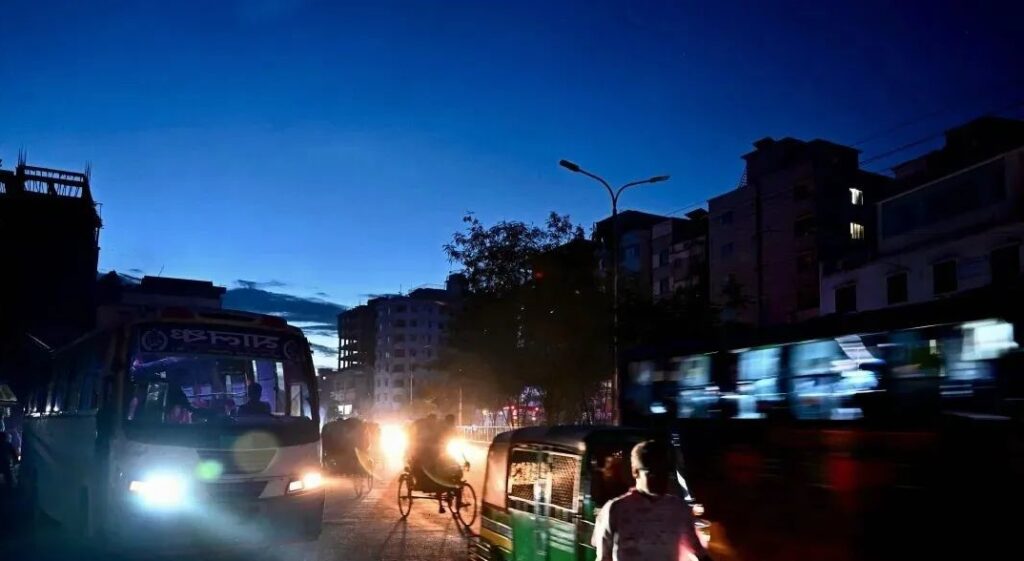
Bangladesh is a country full of contradictions. With over 160 million people, it is one of the most densely populated nations, and its chaotic traffic and low-income levels are among the lowest in the world. Yet, there’s a strange sense of balance in the disorder, and the people live their lives with a kind of resilience, finding hope amid hardship.
The Kingdom of Curry: A Taste of Bangladesh
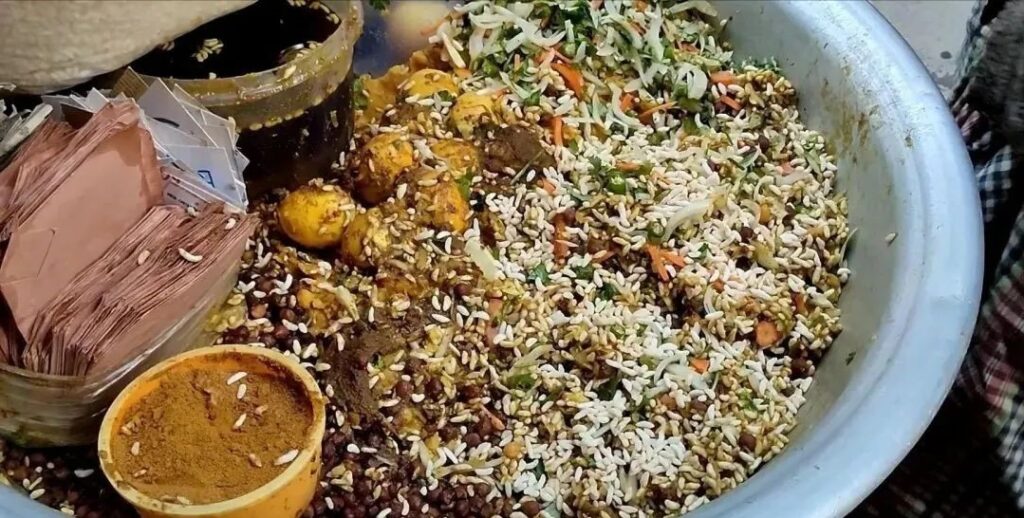
The cuisine in Bangladesh is similar to that of India, with curry as the central theme. Everything from potatoes, onions, to simple rice is drenched in curry. While it’s fragrant, the dishes are rich and oily, and after a few meals, you’ll crave something lighter.
The local beverage is tea, but it’s not just any tea—it’s ginger tea. Drinking it feels invigorating, with a slight spicy kick. However, the local water is often contaminated with heavy metals, making bottled water a necessity. If you’re not careful, stomach issues can become a real problem.
Traditional Clothing: Sari and Lungis
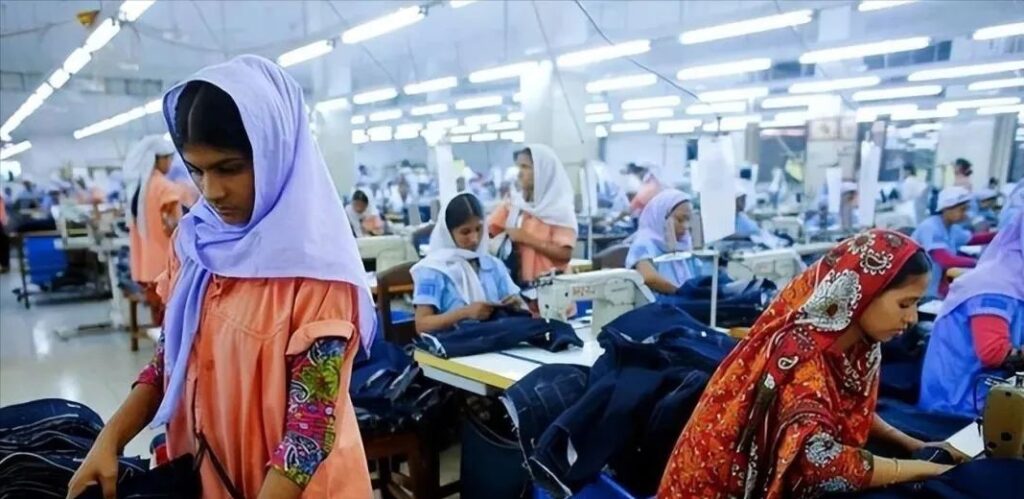
In Bangladesh, women typically wear a sari, a traditional garment made from a long piece of cloth that can be used as a blanket. While the country is predominantly Muslim, the dress code for women is relatively relaxed. As long as they aren’t too exposed, they are free to wear what they like.
Men usually wear lungis, a garment that blends a long robe with a skirt, often paired with a white cap. This traditional attire is common on the streets, giving the area a grounded and local feel.
Transportation: A Mobile Museum of Vehicles
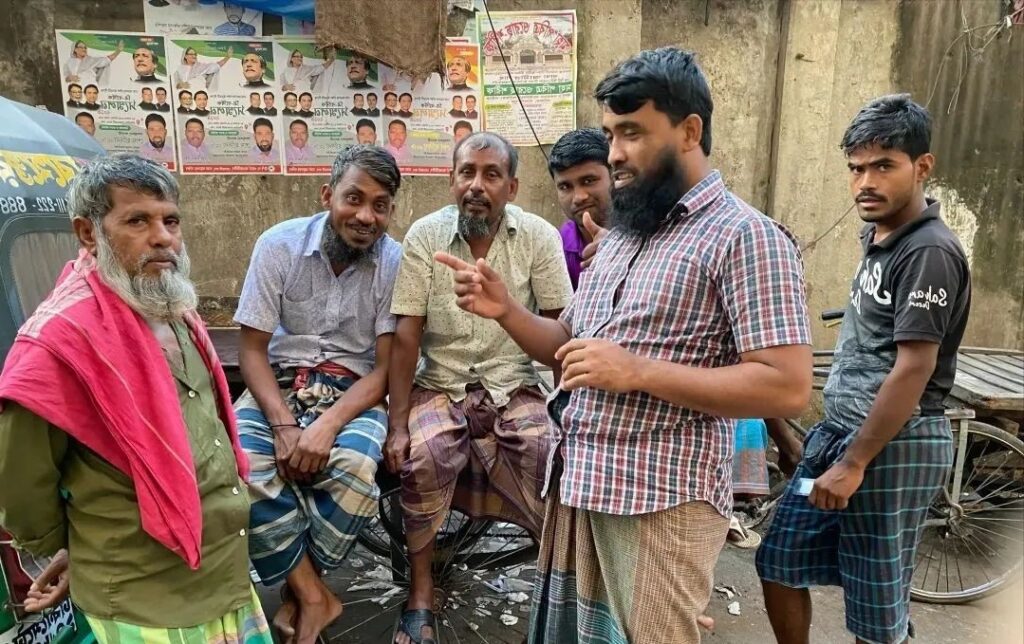
The streets of Bangladesh look like a transportation exhibition, with cars, buses, rickshaws, and even human-pulled carts all competing for space. Public buses have no doors, and passengers must jump on and off while the bus is moving.
The green rickshaws are cheap but the drivers often increase fares or take longer routes. To avoid being overcharged, it’s best to agree on the price upfront. Rickshaws are the most popular form of transport, offering both convenience and affordability in the crowded streets.
Economic Struggles: A Large Population and Weak Economy
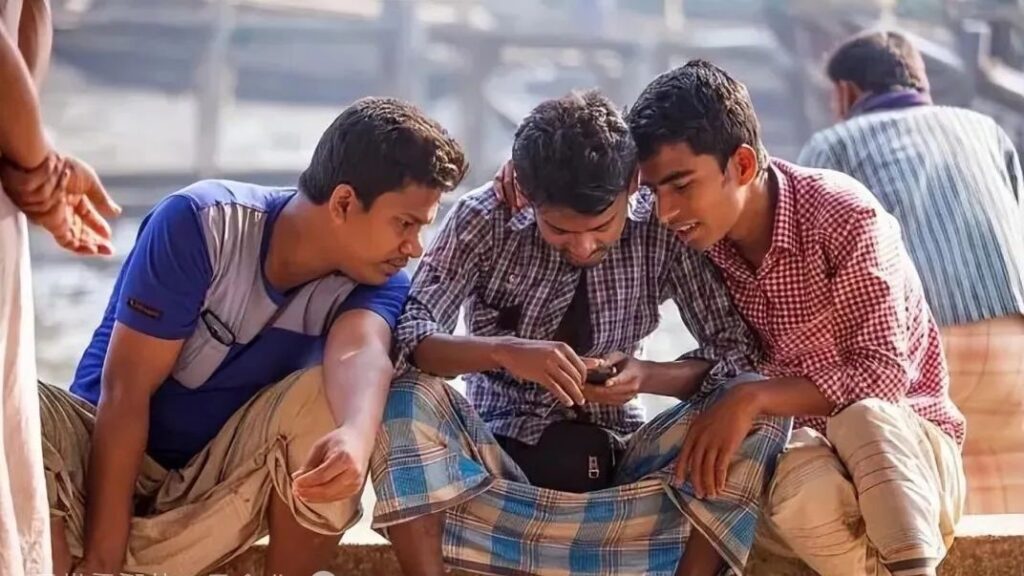
With 160 million people, Bangladesh has a booming population but a weak economy. Agriculture is the backbone of the economy, with over 60% of the population working in farming, but productivity is not keeping pace with the population growth. The textile industry supports exports, but it is barely enough to sustain the economy.
Low wages are the norm here, with many workers earning less than 800 RMB per month, which is barely enough to get by in cities like Dhaka. Although food prices are low, a simple breakfast can still be a significant expense for many low-income families.
The Religious Rituals and “Fish Killing Practices”
Bangladesh, as a Muslim-majority country, avoids pork and relies on chicken and fish for protein. In markets, you’ll notice a unique way of killing fish: they flip the fish upside down and let it “hit the knife” by itself. This practice is intended to avoid direct killing, yet it presents a strange and contradictory reflection of religious practices.
The “Strange Scenery” of Dhaka: A City of Contrasts

Walking around Dhaka, you’ll often encounter young people sitting idly on the streets. They don’t work or conduct business, simply hanging out and chatting to kill time. This is largely due to the lack of job opportunities, poor living conditions, and frequent power and water outages.
One striking feature of Dhaka is the juxtaposition of wealth and poverty. While the streets are full of poverty and garbage, you can also find luxurious hotels and shopping malls in the same area. This sharp contrast between the rich and poor is glaring and undeniable.
Conclusion: Bangladesh’s Unique Charm
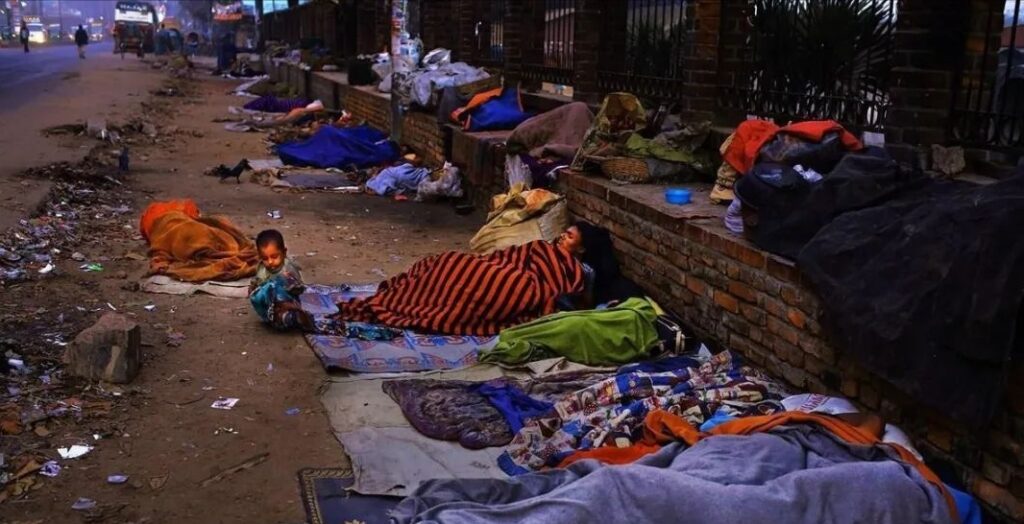
Bangladesh is a country full of contradictions. It has one of the world’s most crowded cities, the most chaotic traffic, and the lowest incomes. Yet, the people live with resilience, finding hope in the chaos. While Bangladesh’s global presence may be minimal, its raw and real nature leaves a deep impression on everyone who visits.
Perhaps, that is the greatest charm of Bangladesh.







